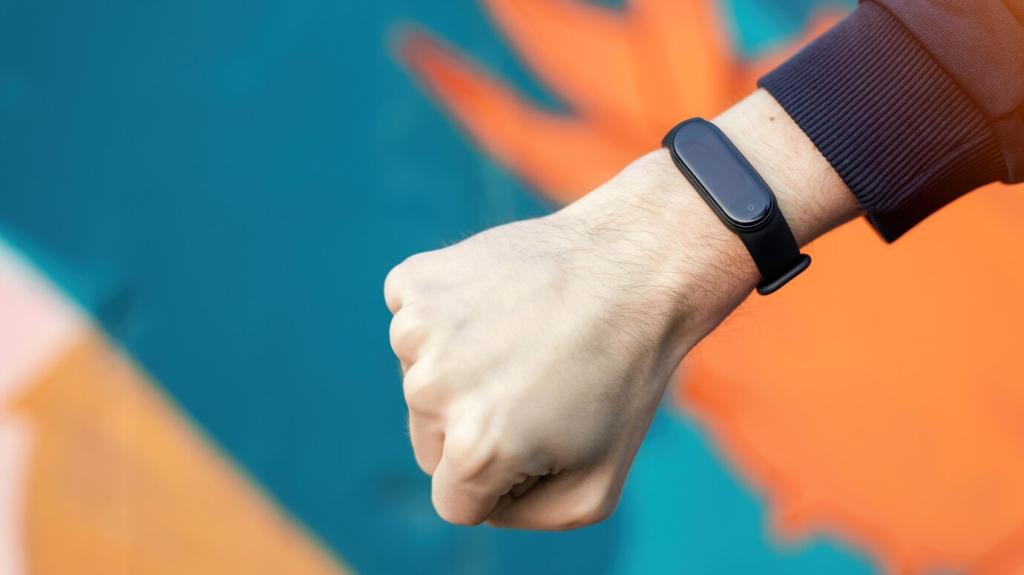Performance and Battery: Profiling What You Cannot See
Use platform profilers to correlate CPU spikes with sensor polling and animation frames. Flag aggressive timers, main‑thread JSON parsing, and oversized images. Set a per‑feature energy budget, then gate merges on measurable improvements rather than gut feel or isolated stopwatch tests.
Performance and Battery: Profiling What You Cannot See
Batch low‑priority updates, compress payloads, and prioritize deltas over full syncs. Add backpressure to avoid stormy reconnects after outages. Measure not just throughput but user‑perceived latency from glance to confirmation, then publish weekly performance scorecards to keep standards visible.
Performance and Battery: Profiling What You Cannot See
Audit complication updates for necessity and cadence. Cache computed layouts, defer cosmetic changes, and precompute thresholds. Validate behavior across quiet hours and low‑power modes, with telemetry proving you honor limits while keeping information timely and genuinely useful.




